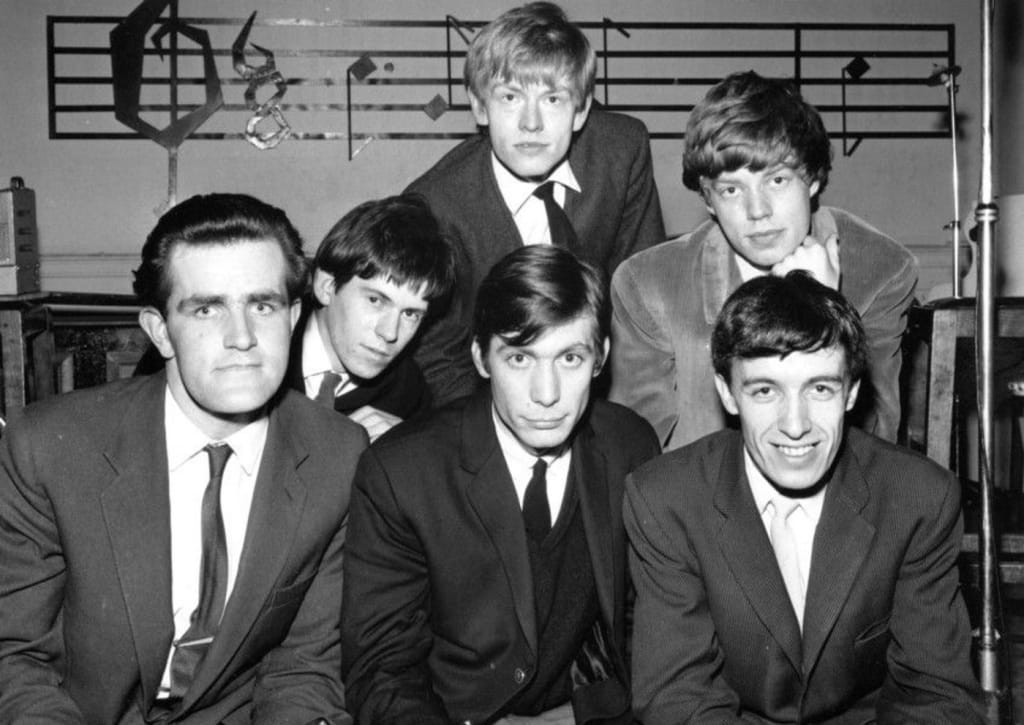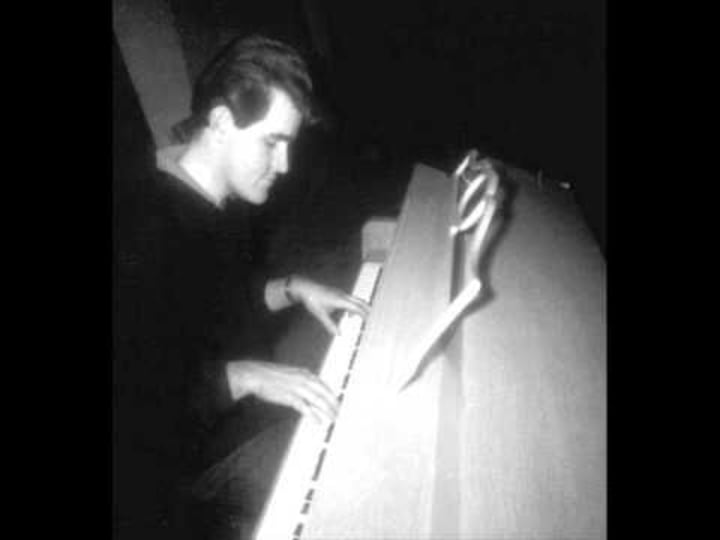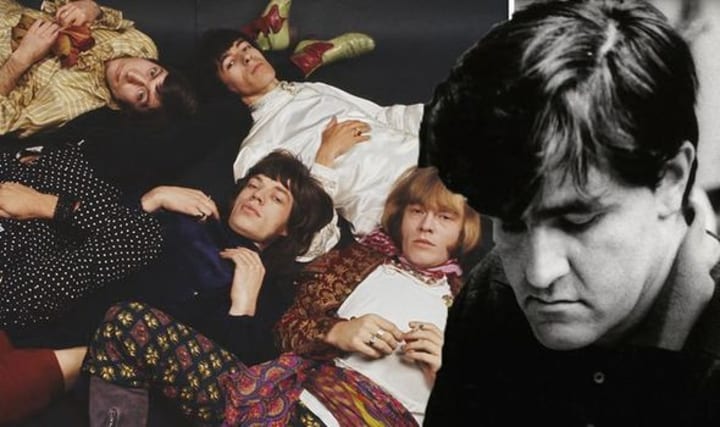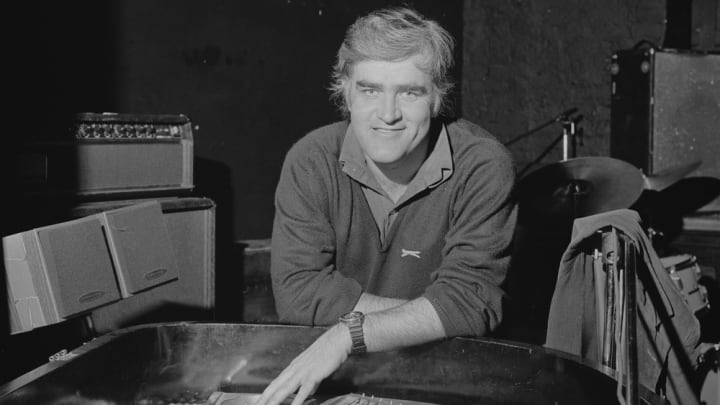Ian Stewart: The Forgotten Rolling Stone
A look into a man forgotten by the fans but beloved by his band

Having been together for over 50 years and counting, The Rolling Stones remain a household name to this day. So entrenched are they in popular culture that even younger people or those who do not listen to their music, are still aware of the group and its members even if just by name.
Over the years, various members have come and gone. With longtime stalwarts Mick Jagger and Keith Richards, “newer” addition Ronnie Wood, past members like Mick Taylor and Bill Wyman and the dearly departed Brian Jones and Charlie Watts, there was a favourite for every fan.
However, one name has often slipped the minds of even the most ardent Rolling Stones fan: Ian Stewart. Officially part of the band for just around a year, Stewart largely disappeared from the public eye in 1963.
If you ask any Stones fan who their favourite member of the group was, Stewart’s name would rarely come up, let alone be recognised. However, if you were to ask the band themselves who their favourite bandmate was, Stewart would be very high up on their lists.
So, who exactly is Ian Stewart and why was he so beloved by his fellow Rolling Stones? This article will explore the life of Ian Stewart, his contributions to the group and his legacy in order to understand why he is deserving of far greater recognition.
Early Life

Ian Stewart was born in Scotland on the 18th of July 1938. Nicknamed Stu by family and friends, Stewart grew up in London where his family moved shortly after his birth. As a child, Stewart enjoyed playing music and learnt the piano. As he grew, he soon learnt the banjo as well.
Music was a hobby for Stu and he often enjoyed playing with friends and small groups in between studies and work. He had lived a conventional albeit quiet life until he spotted an advertisement in 1962.
Looking for potential members to join his rhythm and blues group, Brian Jones had listed the ad. Enticed by the prospect of playing the music he enjoyed with a like-minded group, Stewart applied for a position in the band. That band would soon be known as The Rolling Stones.
Role in The Rolling Stones

An interesting bit of trivia about Ian Stewart is that he is recognised as the second member of The Rolling Stones. By being the first person to answer Brian Jones’ advertisement, Stewart joined the group before even Mick Jagger or Keith Richards.
Older than most of his fellow bandmates, Stewart often played piano in jazz clubs and impressed the group with his experience and ability. While every member of the Stones were inspired by Blues music, Stewart’s piano playing really stood out for its authenticity to the genre.
Unlike his fellow bandmates, Stewart maintained a steady day job and was for a time, the only member of the band with continued access to a phone. Using the phone at his office, Stewart would help arrange dates and bookings while at work.
As the months passed, each member grew into their respective roles and were beginning to turn heads. The Rolling Stones were on the fast track to superstardom. As they began their climb up to the top of the music industry, the band brought in Andrew Loog Oldham as their manager. While this was good for the future of the Stones, it marked the beginning of the end of Stewart’s time as a member of the band.
Oldham’s vision of the group was for them to be the “Anti-Beatles”. He wanted to craft a rougher, bad-boy image for the Stones to counter the Fab Four’s more clean-cut presentation. Oldham also wished to restrict the group to five people at most and saw the six-piece group as being too crowded.
Thus, he decided to remove Stewart from the band’s main line-up. Visibly older and with a slightly stouter build, Stu was the antithesis of the look Oldham envisioned for the band. He wanted five, youthful and slender men to fit the image he had come up with. Ironically, Bill Wyman was two years older than Stewart but remained with the group as his youthful appearance allowed his age to be kept secret for many years. Aside from not fitting the look, Stewart himself had no interest in becoming a sex symbol.
Despite his unceremonious and abrupt removal from the group, Stu took his dismissal in his stride. Keith Richards in particular marveled at Stewart’s coolness and graciousness, mentioning how it would be understandable for him to have been angry at being sacked from a solid gig in a successful band.
Life after the Stones?

No longer a member of The Rolling Stones, Stewart largely disappeared from the public eye. However, he did not disappear from the lives of his bandmates. In fact, Stu’s life “after the Stones” was very much filled with the company of his old group.
Rather than breaking away from the Stones completely after being asked to step aside, Stewart instead became the group’s Road Manager. Handling their travel and accommodation, Stewart also personally drove the band to their gigs and set up their equipment.
Knowing each member’s preferences from his own time in the Stones, Stu knew how to set up everything just right for his old bandmates. The Stones were greatly appreciative of his efforts and Stewart himself took pride in his work. Never treating his new role as a demotion, he felt happy that he could still do what he could for the band he helped to establish.
Stewart’s career as a musician was far from over as well. Despite no longer being a full-fledged member of the group, Stewart continued to play keyboard with them in the studio, contributing to almost every subsequent album following his departure. Throughout the Stones’ creative process, Stewart’s opinions were always sought out by the group. In his spare time, he would perform on his own as well.
Be it due to the fact that he was far enough removed from the band or from his own desire to lead a quieter life, Stewart did not indulge in the lifestyle of “sex, drugs and rock n roll.” Instead, he became an avid golfer and took advantage of his position as the group’s road manager to book hotels for the band that were near the courses he wanted to play.
Stewart was not fond of the group’s decadent lifestyle and his presence served as a stabilizing influence. Mick Jagger remarked how the group would always be on top form, both musically and in terms of their behaviour whenever Stewart was around as he was the one person they had always strived to impress most. As time went on, he would return to the stage with the Stones albeit in a more supporting role.
For many years, Stu was living the ideal double life. His nights were spent playing to sellout crowds with one of the greatest bands in history but come day time, he was just an ordinary man who enjoyed time with his family, golfing or doing whatever else he wanted to do without being recognised everywhere he went.
Unfortunately, this would eventually come to an end. In 1985, Stewart began having breathing problems and it was suspected that something had gone wrong with one of his lungs. Deciding to go to the clinic to get himself checked, Stewart suffered a heart attack while waiting for his appointment. He died almost instantly at the age of 47. His loss was felt tremendously by the Stones.
Ian Stewart’s Legacy

When the Rolling Stones were inducted into the Rock n Roll Hall of Fame in 1989, the band insisted that Stewart be posthumously inducted alongside them. During the group’s induction speech, both Mick Jagger and Keith Richards paid tribute to their late friend.
Jagger praised Stewart’s musical ability while Richards’ comments were more personal. Referring to the Stones as “his (Stewart’s) band” and saying that he still feels that he was working for Stewart, Richards’ sincerity was apparent as his tribute to Stewart was a noticeably serious moment in what was mostly a light hearted speech.
Over the years, both current and former members of the Stones, have always spoken very highly of Stu whenever an opportunity to do so arose. It was apparent that even decades after his death, his presence was sorely missed by his old friends.
Perhaps the biggest thing we should remember about Ian Stewart is his strength of character. Humble and gracious, Stu never seemed to treat his time with the Stones as his ticket to superstardom. Instead, he saw his time with the band as an opportunity to hone his abilities as a musician and more importantly to do what he loved with his friends.
In many ways, Stewart’s musical journey remained the same all his life. Music was always a passion and not a job. It was something he did with his friends in between his ordinary routine. Whether it was his local band in a bar or with a legendary group, selling out a stadium, it was all the same to Stu. Never pursuing fame or letting his reputation get to his head, Stu remained faithful to his bluesy roots.
While it is ironic that we should be awarding greater recognition to a man who seemed to thrive away from the spotlight, Ian Stewart’s contributions to The Rolling Stones, be it as a member or in whatever other roles he occupied should not go understated. He serves as a shining example of staying true to one’s own roots and succeeding without succumbing to the temptations and pressures of the industry he was in.
While Stu has always been recognised by his fellow bandmates, it is perhaps time for fans to also take some time to pay tribute to a man who has done so much for one of the greatest groups in all of music.
About the Creator
Isa Nan
Written accounts of life, death and everything in between
Enjoyed the story? Support the Creator.
Subscribe for free to receive all their stories in your feed. You could also pledge your support or give them a one-off tip, letting them know you appreciate their work.
Reader insights
Outstanding
Excellent work. Looking forward to reading more!
Top insights
Expert insights and opinions
Arguments were carefully researched and presented
Heartfelt and relatable
The story invoked strong personal emotions







Comments
There are no comments for this story
Be the first to respond and start the conversation.